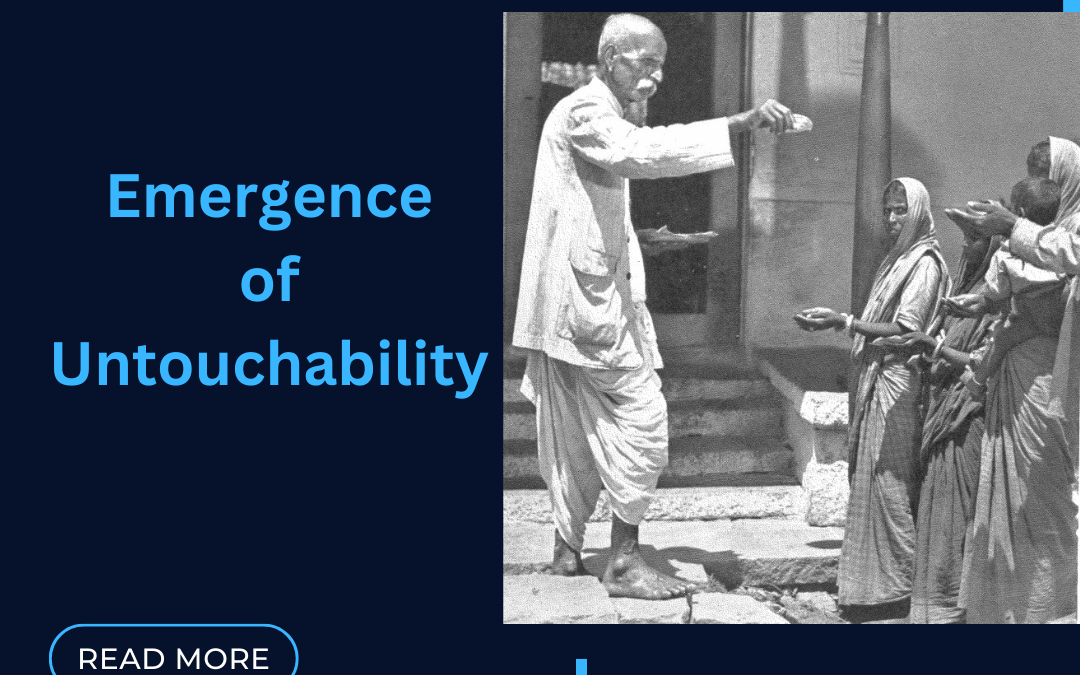
600 B.C. is the period of Gautam Buddha, the founder of Buddhism. This period is also called the Second Urbanization. Up to 600 B.C., the four varnas i.e. Brahman, Kshatriya Vaishya and Shudra strengthened their foundation. The fifth class i.e. untouchables emerged in the Indian scenario during 600 B.C.
The question is raised, why did the untouchables emerge during 600 B.C.? The answer to the above question can be as follows. The untouchables were basically living in the forest or jungle. Their occupations were mainly weaving, making rush mats and hunting.
As urbanization grew rapidly around 600 B.C., these people had been increasingly marginalized by the growth of towns and cities. So, these people became landless and unable to use their skills. Thus, they were gradually forced into performing lowly tasks or work. The lowly or menial tasks became the source of their association with pollution in the hierarchy of ritual stratification. Thus another social category i.e. untouchability came to be added below the varna hierarchy.
To conclude, the phenomenon of the second urbanization of 600 B.C. gave birth to a new social class i.e. untouchability.


